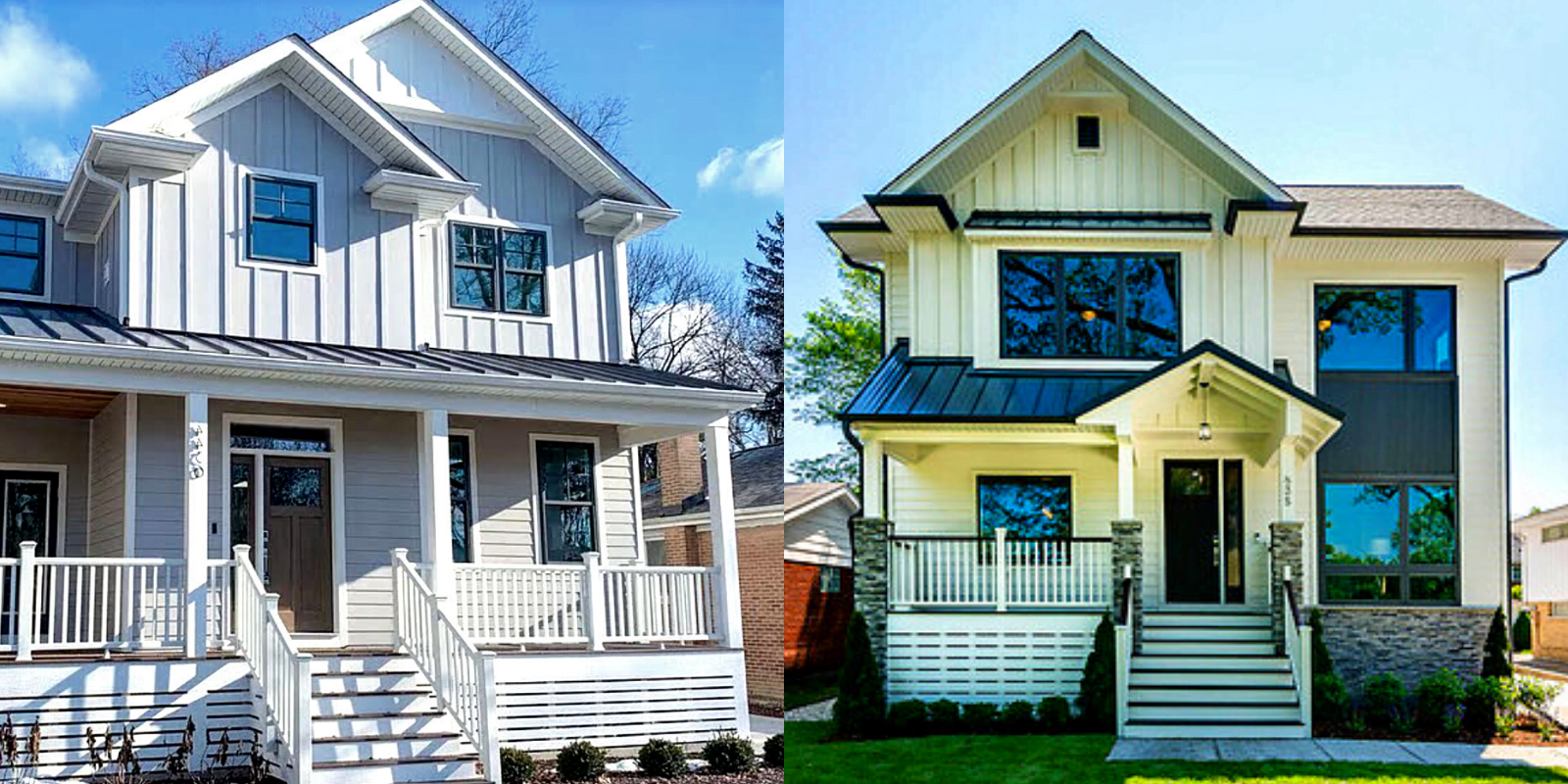Brightleaf Homes knows how to build high performance homes, specializing in zero energy ready and zero energy homes. What may be even more impressive is that President and CEO, Scott Sanders, knows how to get full and accurate appraisal values that make these superior homes financially attainable for buyers.
Brightleaf has been building homes since 2013 and every one has met the high standards of the Zero Energy Ready Home program. Two recent projects were designed and modeled to be full zero energy homes, but Scott is waiting for actual electricity usage to confirm that the zero energy goal has been reached.
These superior homes have higher construction costs than conventional homes built to the minimum building code. For example, Brightleaf Homes has been testing air leakage at less than 1.4 air changes per hour at 50 Pascals. That kind of air tightness requires extra material and more labor. There is also the additional cost of high R-value insulation and more efficient space heating and water heating equipment. While all builders keep a keen eye on cost to stay competitive, Brightleaf has found a way to put high-performance homes within reach of mid-range buyers in their suburban Chicago market — without skimping on quality.
“High performance homes cost more,” said Scott. “They should cost more because they’re better homes.” But Brightleaf doesn’t just build a better home, they go the extra mile to make sure that buyers can pay for the better home. This requires that the buyer can tap into the additional value of the home to obtain a mortgage loan that covers all the costs of getting to zero. This requires an adequate appraised value.
“We always insist on an appraiser who is qualified to value a high-performance home,” he said. Being qualified means that they have passed the Appraisal Institute’s Valuation of Sustainable Buildings Professional Development Program, and are listed on the program’s Residential Registry.
Neither lenders nor builders can select a specific appraiser. Instead, the appraiser must be referred by an appraisal management company. This creates a disconnect in which the appraiser may not have the information needed about the home’s energy features and the economic benefits of a zero energy ready home. To make a direct connection to the appraiser, Brightleaf doesn’t give house plans and specifications to the lender to pass along. Instead, the appraiser is required to request plans and specs directly from Brightleaf.
When contacted, the appraiser is asked a simple question. Have you completed the AI’s Valuation of Sustainable Buildings courses and passed the exam? If the answer is no, Brightleaf requests a different appraiser, one with the proper professional designation. Scott said that roughly half the appraisers that are initially referred have passed this first screen.
If the answer is yes, Scott then checks the appraiser’s status on the AI’s residential registry. Once confirmed, the appraiser receives a packet of information needed to complete the AI’s Green and Efficient Appraisal Addendum. Scott explained that most appraisers are under considerable time constraints, so asking them to do more work without getting paid is not usually a successful strategy. Brightleaf provides all the data needed to complete an accurate green appraisal.
And it’s working. Every one of their homes has achieved a valuation much higher than comparable homes built to conventional standards. The Brightleaf appraisal documents include a standard letter to the lender, construction plans and specifications, and a feature checklist.
Even though the house is a bit more expensive, Brightleaf makes sure that the cost is “attainable” by ensuring that the added cost is covered by the mortgage. Once rolled into the mortgage, the amount added per month to reach zero is usually less than the monthly energy savings. This way every zero energy home has built-in buying power and a lower cost of ownership.
Selling Zero
Brightleaf uses in-house sales staff and independent brokers to sell their high performance homes. The sales staff understands that many buyers care less about extra wall insulation and high efficiency equipment than they do about the health and comfort benefits these features provide.
“About half our buyers are focused on energy efficient features,” said Scott. “The other half are more concerned with comfort, health, and durability.” These are the cardinal selling points for all high performance homes and they are maximized by zero energy homes.
And when the issue of cost comes up, salespeople focus on total cost of ownership. It’s a good way to demonstrate the buyer’s capability to cover the small additional cost and emphasize the extra value and benefits of these better homes.
Zero energy ready homes give Brightleaf a competitive advantage. They offer buyers a better home that works for them financially. For Brightleaf Homes, building high performance homes was the way to carve out a market niche. And now Scott Sanders sees progressing to zero energy homes as the way to maintain and widen his lead over his conventional home building competitors.

